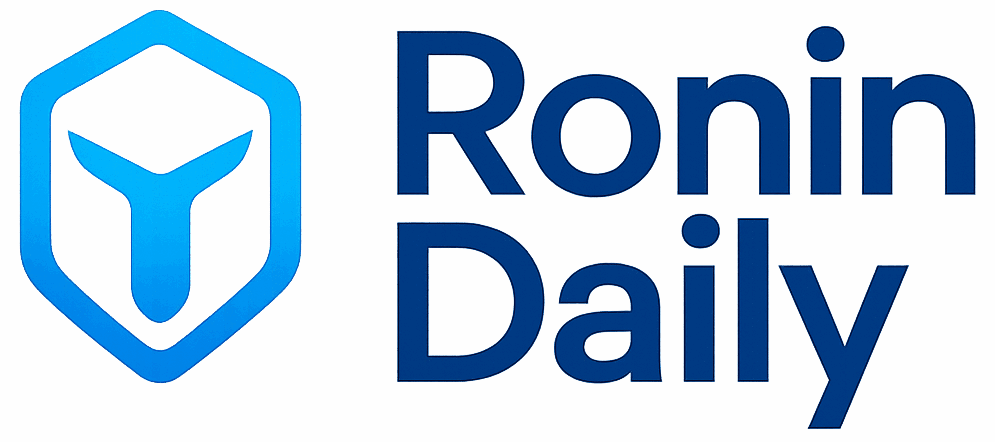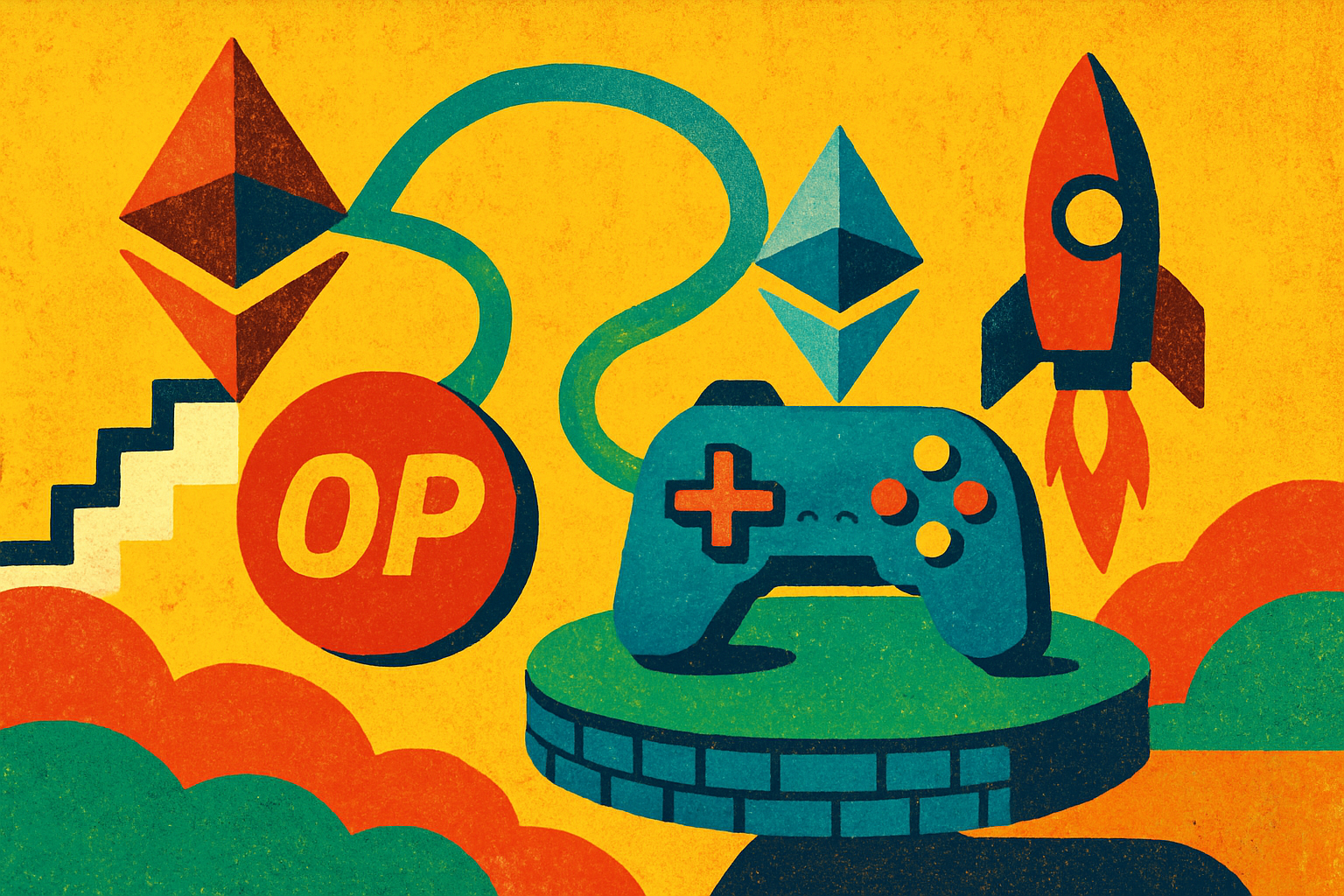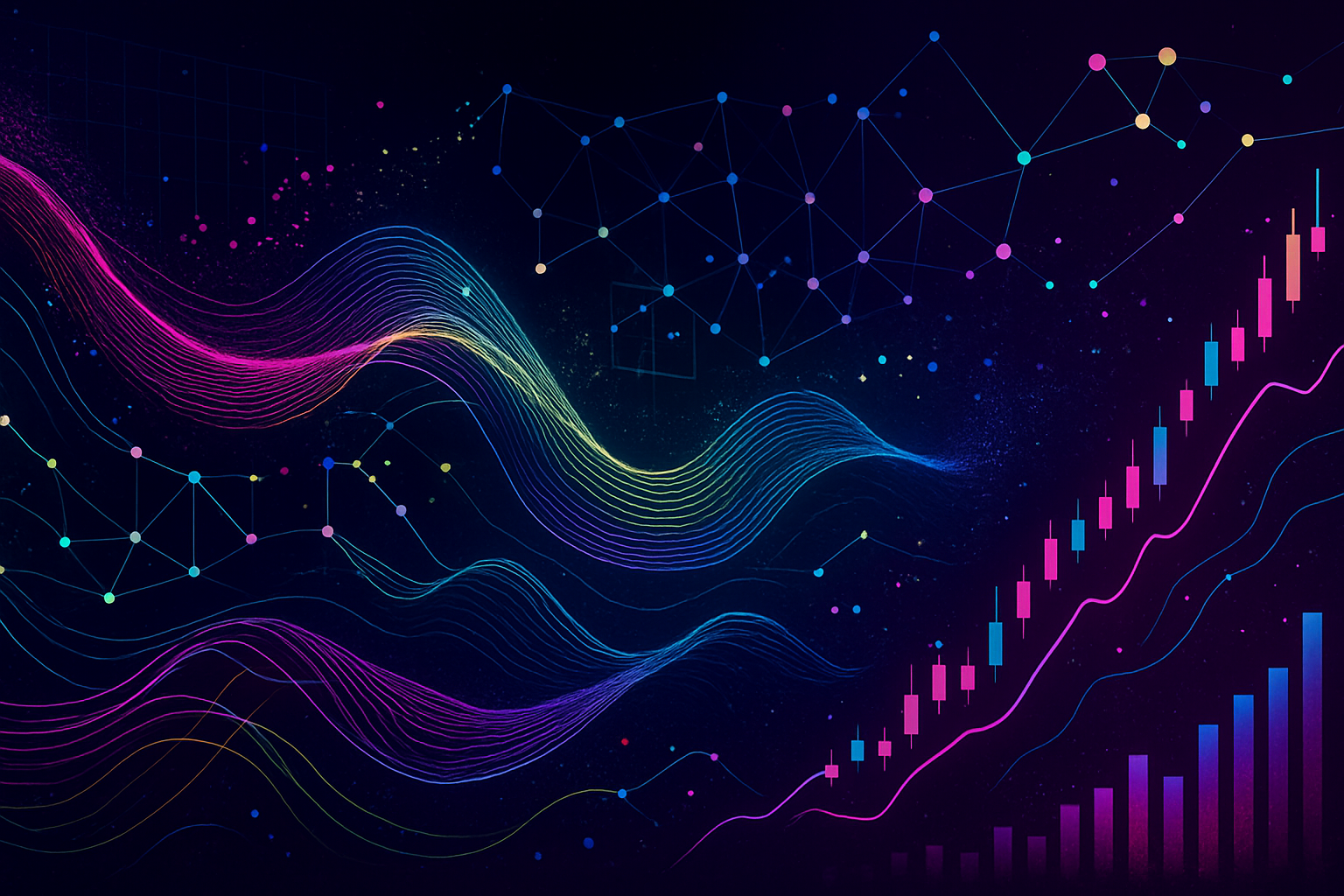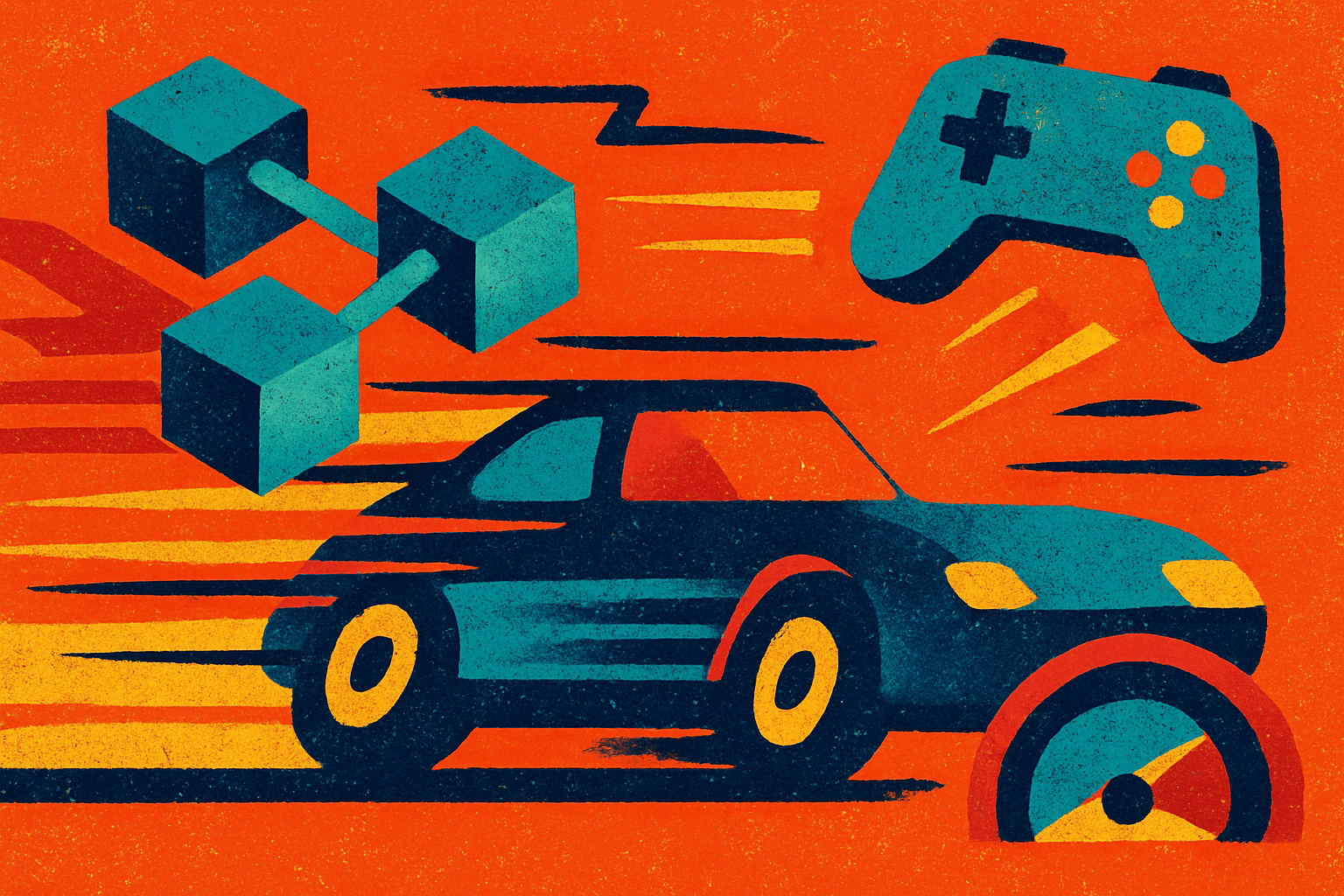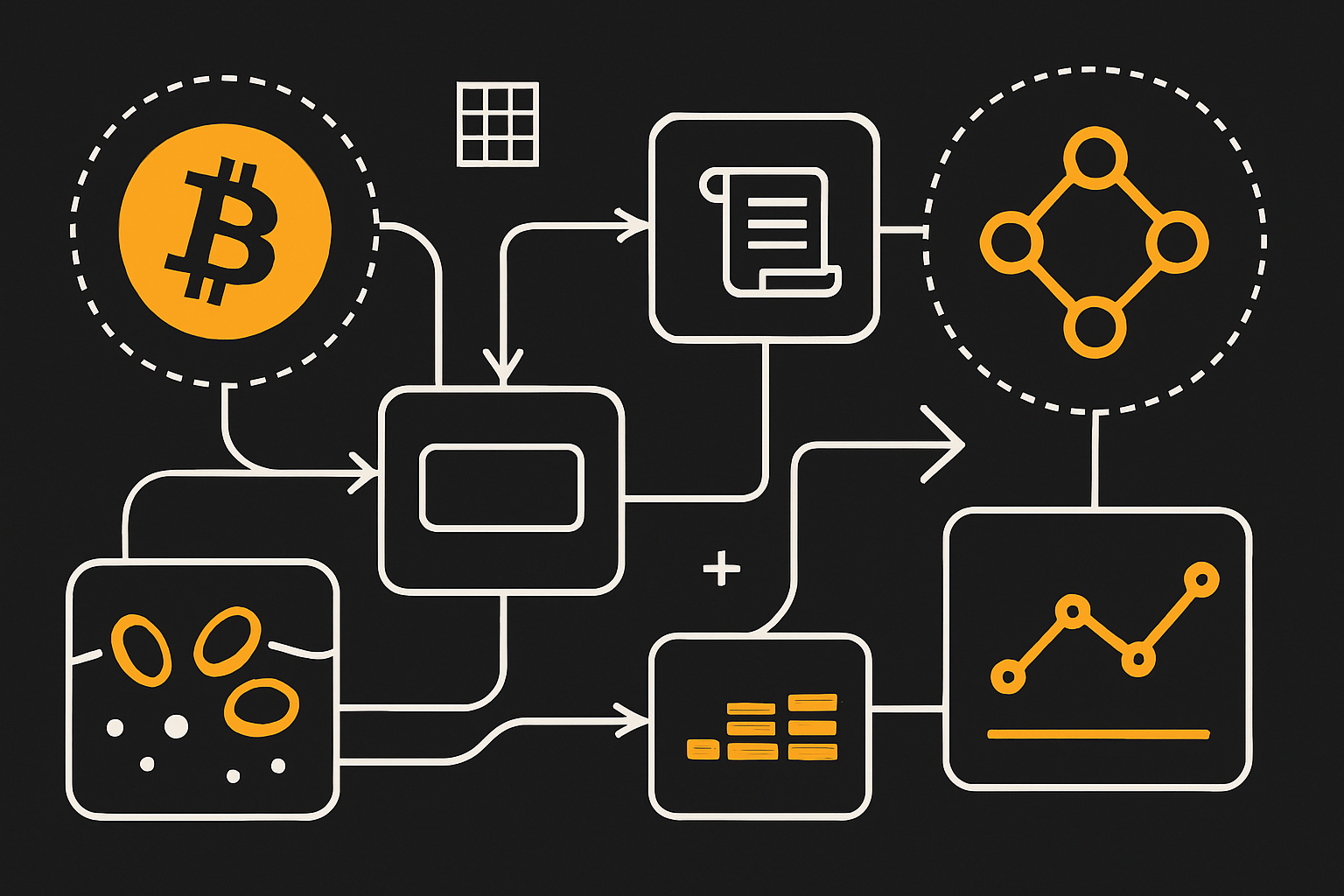
Ronin Network, a blockchain originally purpose-built for Axie Infinity, is executing one of the most consequential migrations in Web3 gaming: its transition from a standalone sidechain to an Ethereum Layer 2 (L2) solution. This move, slated for completion between Q1 and Q2 of 2026, signals a strategic embrace of Ethereum’s security, scalability, and composability. With Ronin (RON) trading at $0.4004 as of October 15,2025, the network’s evolution is closely watched by developers, investors, and the broader blockchain gaming community.
From Sidechain Origins to Ethereum Layer 2 Ambitions
Ronin’s original architecture prioritized low fees and high throughput to support millions of daily transactions for play-to-earn games. However, as user demand surged and security expectations rose following high-profile exploits in 2022, the limitations of sidechains became apparent. The decision to migrate to an Ethereum L2 using Optimism’s OP Stack represents a paradigm shift: Ronin will inherit Ethereum’s battle-tested security while achieving transaction speeds tailored for modern gaming.
This upgrade is not merely technical, it is philosophical. By aligning with Ethereum’s infrastructure and leveraging rollup technology, Ronin positions itself at the forefront of blockchain gaming scalability. The anticipated block times of 100-200 milliseconds and throughput up to one million transactions per second mark a dramatic leap from its previous capabilities. For context on how rollups are revolutionizing transaction speeds in Web3 gaming environments, see our deep dive: How Ronin Layer 2 Rollups Improve Transaction Speeds for Web3 Gaming.
The Technical Leap: Optimism OP Stack Integration
The integration with Optimism’s OP Stack is central to this transformation. By adopting this modular framework, Ronin will deploy advanced rollup technology that compresses thousands of transactions into succinct proofs posted on Ethereum mainnet. This approach dramatically reduces gas fees while maintaining data integrity and finality, a non-negotiable requirement for games where asset ownership and rapid microtransactions are critical.
The result? A network capable of supporting complex player-driven economies without bottlenecks or prohibitive costs. This technological leap will facilitate new genres of blockchain games, massively multiplayer online worlds, real-time strategy games with on-chain assets, and interoperable NFT marketplaces, while making onboarding seamless for mainstream users.
Security Enhancements and Ecosystem Integration
The migration to Ethereum L2 brings immediate security benefits by inheriting Ethereum’s robust consensus mechanisms. Previous vulnerabilities associated with isolated sidechains are mitigated as Ronin taps into Ethereum’s validator set and economic guarantees. This is especially relevant in light of past incidents that exposed gaps in sidechain security models.
Moreover, deeper integration with the Ethereum ecosystem means greater liquidity for gaming assets and seamless interoperability across DeFi protocols and NFT platforms. Players will be able to move in-game items between marketplaces or collateralize them within DeFi applications, all without leaving the secure confines of Ethereum’s L2 environment.
Key Benefits of Migrating to Ronin Layer 2 for Game Developers
-
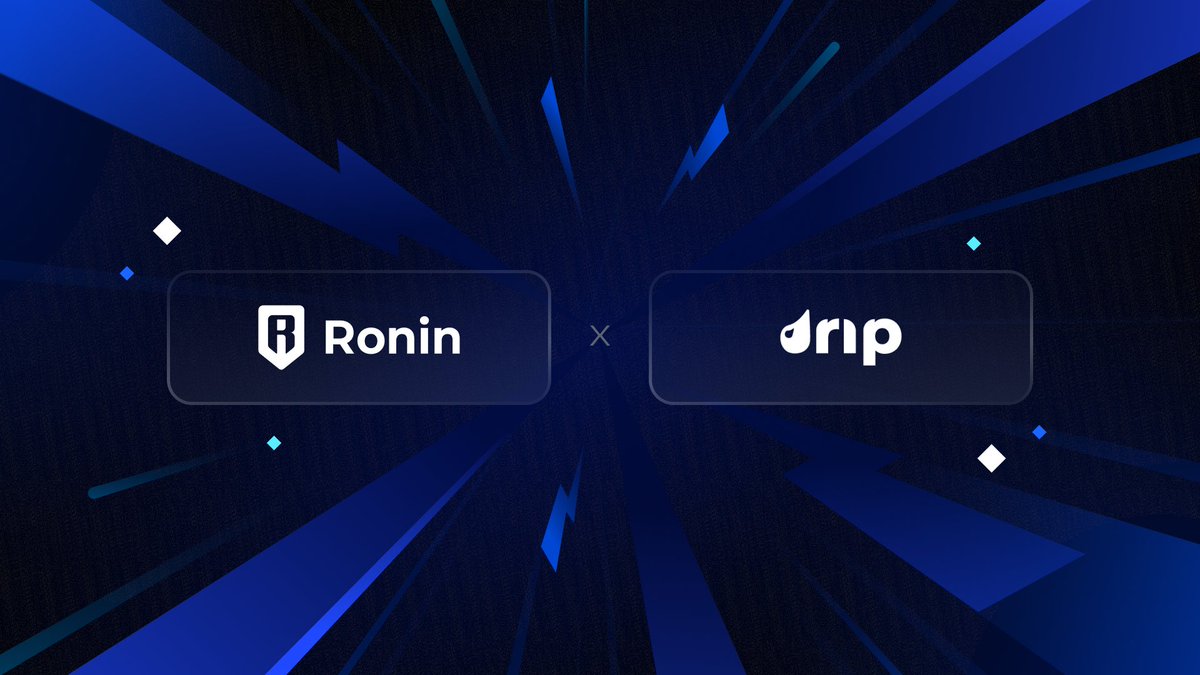
Significantly Enhanced Scalability: By leveraging the Optimism OP Stack, Ronin Layer 2 is projected to support up to one million transactions per second with block times as low as 100–200 milliseconds. This enables developers to build high-performance games that can handle massive user activity without bottlenecks.
-
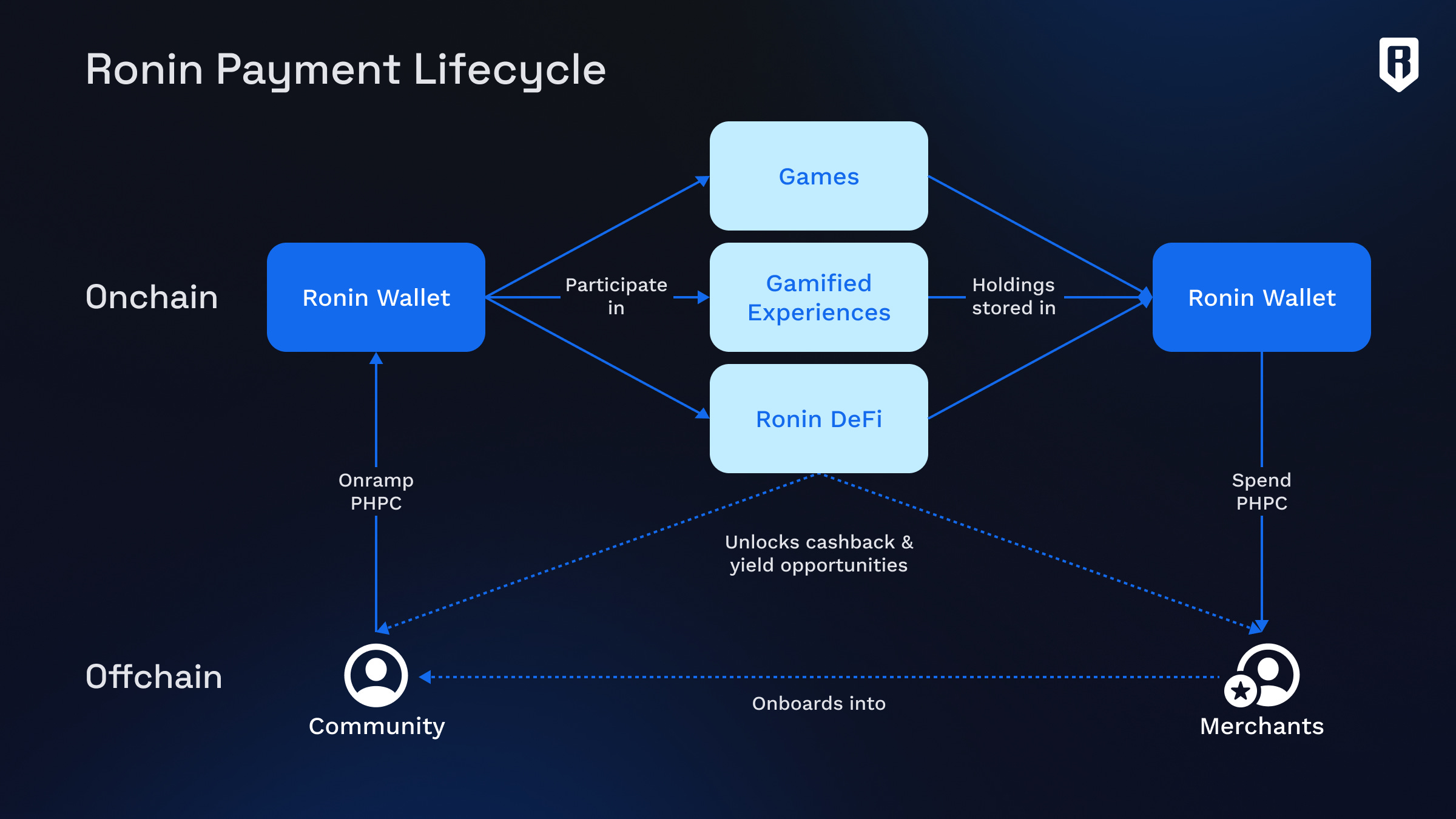
Lower Transaction Fees: Migration to Ethereum Layer 2 drastically reduces transaction costs for both developers and players. This cost efficiency is vital for enabling microtransactions and seamless in-game economies, making blockchain gaming more accessible.
-
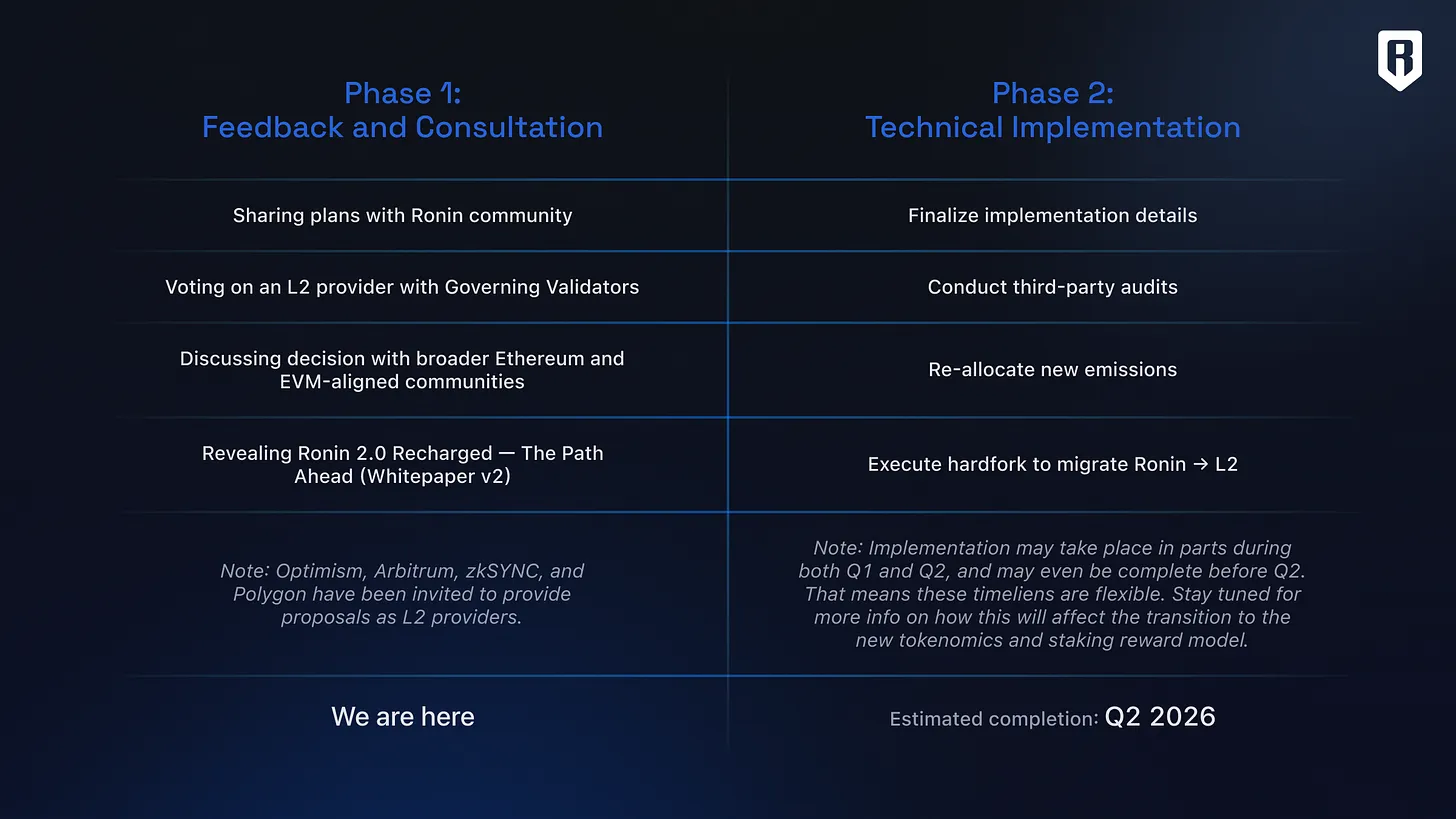
Robust Security via Ethereum: Ronin Layer 2 inherits Ethereum’s proven security framework, addressing vulnerabilities that affected sidechains. Developers benefit from institutional-grade security, reducing risks of exploits and increasing user trust.
-
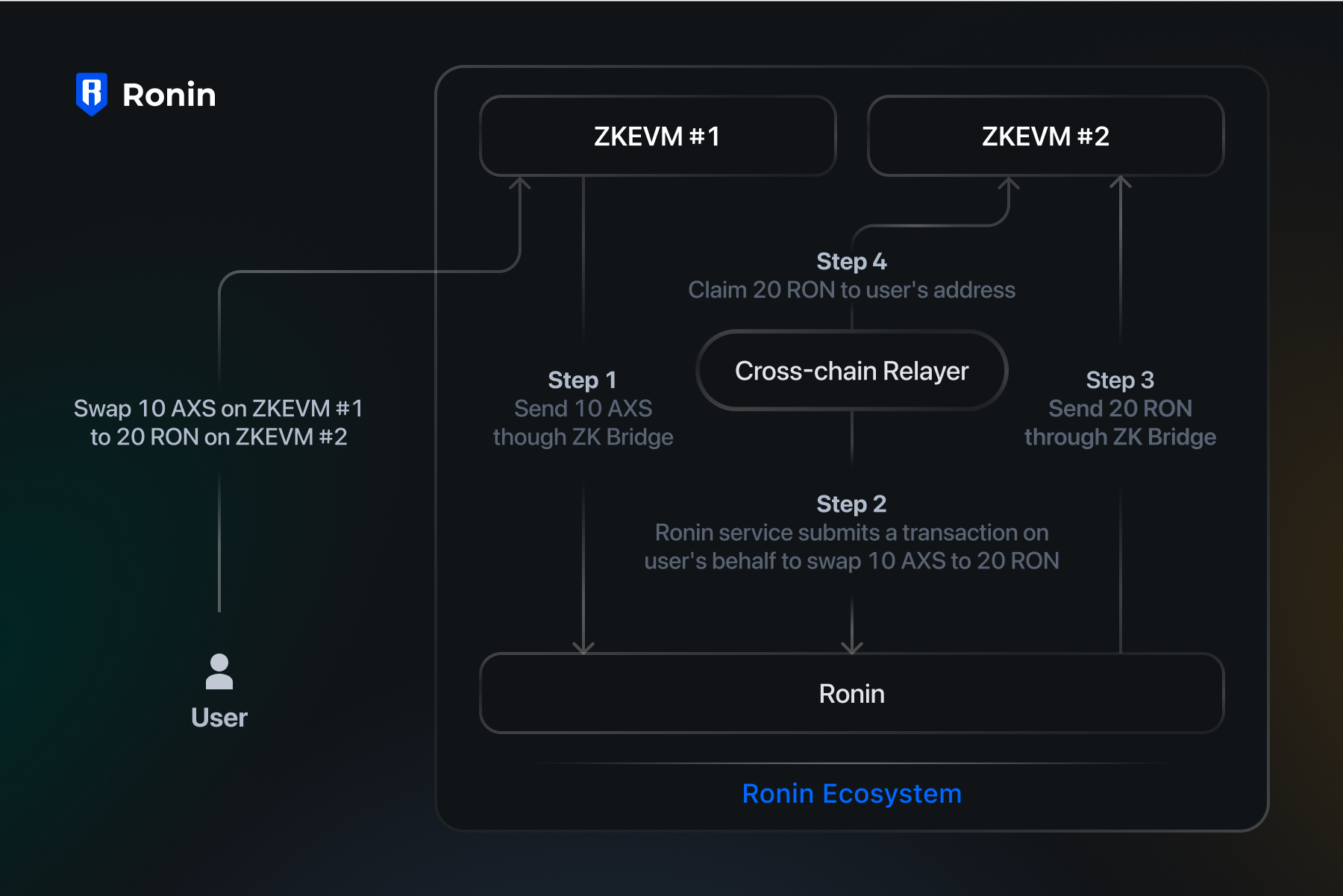
Deep Ecosystem Integration: Integration with the Ethereum ecosystem allows for greater liquidity and interoperability of in-game assets. Developers can tap into Ethereum’s vast DeFi, NFT, and gaming infrastructure, enabling cross-platform asset utility and broader marketplace access.
-
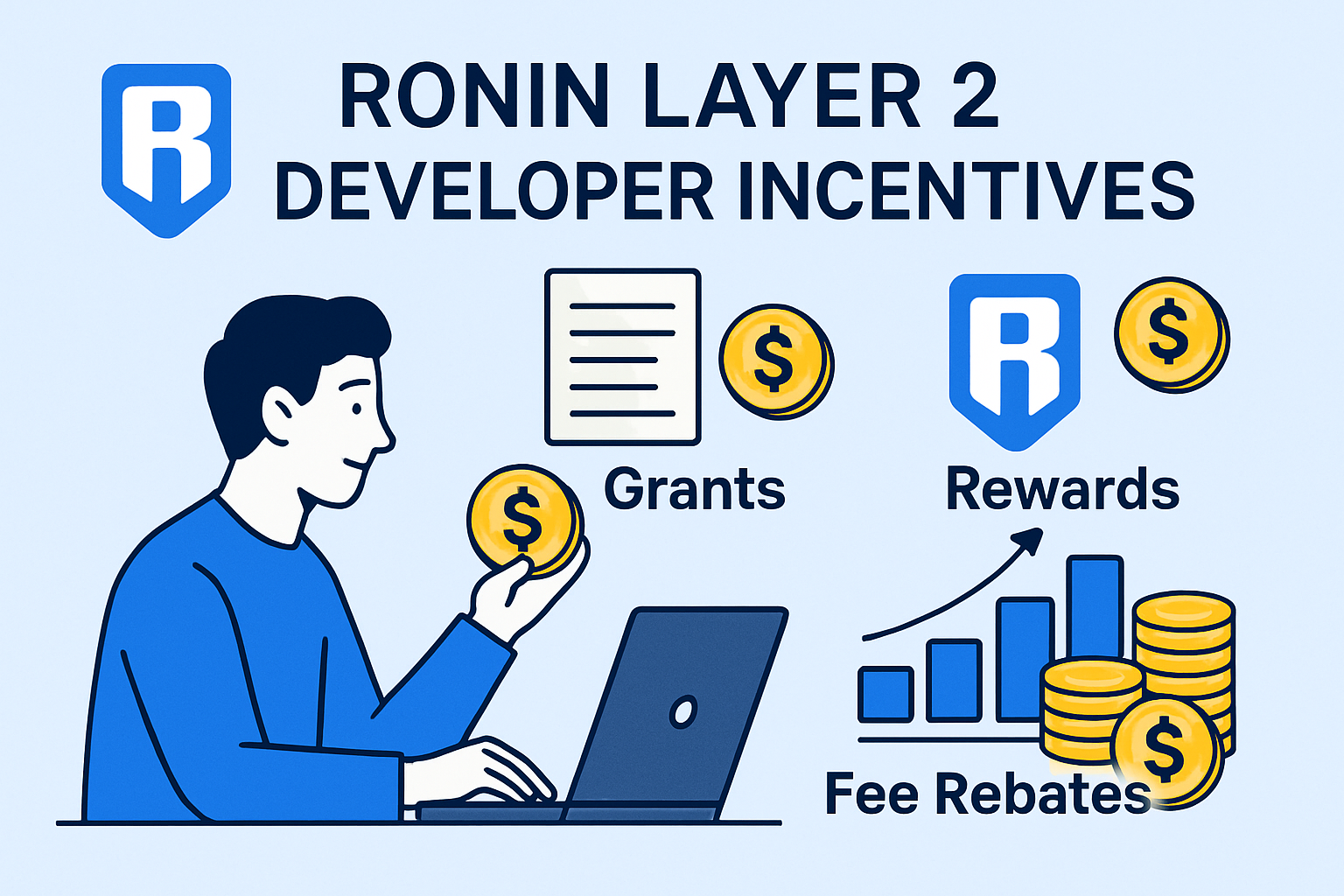
Attractive Developer Incentives: The transition introduces new builder rewards and incentive programs for developers who launch and grow games on Ronin Layer 2, fostering innovation and community engagement.
-
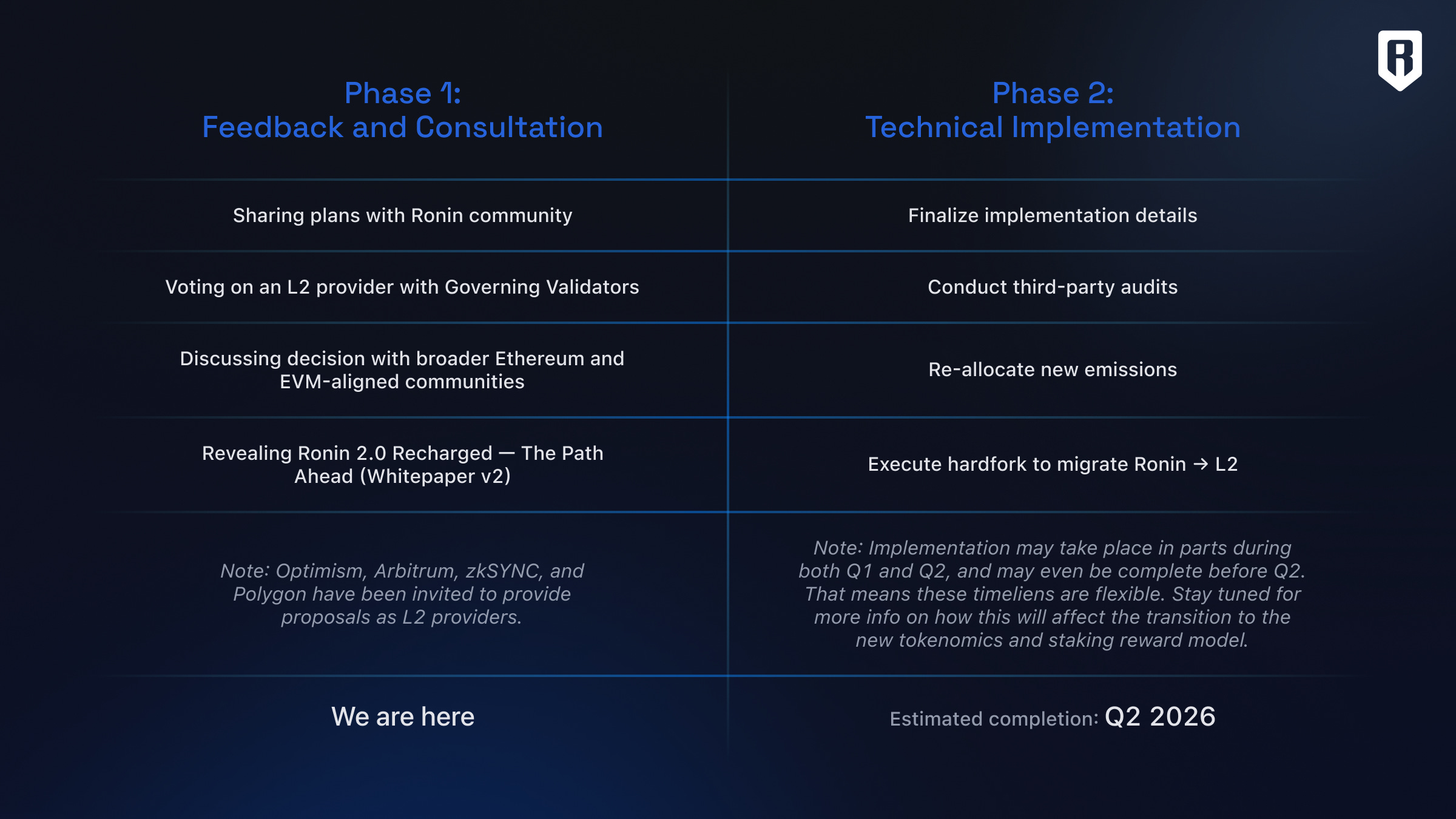
Future-Proofing and Industry Leadership: By aligning with Ethereum’s Layer 2 roadmap, Ronin positions itself at the forefront of blockchain gaming. Developers gain early access to evolving standards, tools, and a growing user base, ensuring long-term relevance.
Market Dynamics: RON Price Stability Amid Structural Upgrades
As development accelerates toward the L2 upgrade deadline in mid-2026, RON has demonstrated relative price stability around $0.4004, reflecting both anticipation around scalability improvements and prudent governance by validators currently reviewing the proposed hardfork. While short-term fluctuations persist, 24-hour lows at $0.3935 and highs at $0.4168, the macro trend suggests growing institutional confidence as Ronin aligns itself more closely with Ethereum’s trusted infrastructure.
Ronin (RON) Price Prediction 2026-2031 Post-Ethereum Layer 2 Transition
Forecast based on Ronin’s migration to Ethereum Layer 2, market trends, and blockchain gaming adoption.
| Year | Minimum Price | Average Price | Maximum Price | % Change (Avg YoY) | Market Scenario Insights |
|---|---|---|---|---|---|
| 2026 | $0.38 | $0.62 | $0.95 | +55% | Layer 2 migration completes; initial adoption surge, but volatility remains as ecosystem adjusts. |
| 2027 | $0.55 | $0.88 | $1.40 | +42% | Increased developer activity and game launches; Ethereum ecosystem integration drives liquidity and demand. |
| 2028 | $0.73 | $1.20 | $1.95 | +36% | Mainstream blockchain gaming adoption accelerates; cross-chain NFT and DeFi features boost usage. |
| 2029 | $0.92 | $1.50 | $2.60 | +25% | Ronin becomes a leading gaming L2; broader crypto bull cycle lifts prices, but competition intensifies. |
| 2030 | $1.10 | $1.85 | $3.30 | +23% | Sustained growth as gaming and metaverse sectors mature; regulatory clarity attracts institutional interest. |
| 2031 | $1.25 | $2.15 | $4.10 | +16% | Ronin solidifies position in blockchain gaming; slower growth, but higher price stability and ecosystem maturity. |
Price Prediction Summary
Ronin (RON) is projected to experience significant growth following its Ethereum Layer 2 transition, with average prices potentially rising from $0.62 in 2026 to $2.15 by 2031. The migration is expected to unlock higher scalability, security, and integration with the Ethereum ecosystem, making Ronin a major hub for blockchain gaming. While price volatility and competition remain factors, the overall outlook is bullish, especially as blockchain gaming adoption accelerates and the broader crypto market matures.
Key Factors Affecting Ronin Price
- Successful and timely completion of the Ethereum Layer 2 migration (Q1–Q2 2026)
- Adoption by game developers and new high-profile game launches on Ronin
- Integration with Ethereum’s DeFi and NFT infrastructure
- General market cycles (bullish/bearish sentiment in crypto markets)
- Regulatory developments impacting gaming tokens and L2 solutions
- Competition from other gaming and modular blockchains
- Security and performance improvements post-transition
- Partnerships and ecosystem expansion (e.g., collaborations with major game studios)
Disclaimer: Cryptocurrency price predictions are speculative and based on current market analysis.
Actual prices may vary significantly due to market volatility, regulatory changes, and other factors.
Always do your own research before making investment decisions.
A Broader Trend in Blockchain Gaming Scalability
Ronin’s migration exemplifies a sector-wide pivot toward L2 solutions that balance speed with trustlessness, a necessary evolution as blockchain games target mainstream audiences accustomed to frictionless digital experiences. By setting this precedent, Ronin not only secures its own future but also influences other gaming-focused chains weighing similar upgrades.
This shift is already catalyzing a new wave of developer interest. Game studios and Web3 platforms are recalibrating their roadmaps to leverage Ronin Layer 2’s scalability upgrade. Lower gas fees and near-instant confirmation times remove barriers for both high-frequency microtransactions and complex, on-chain gameplay mechanics. As a result, the ecosystem is poised for an influx of next-generation gaming DApps, with developers citing improved tooling, composability, and access to Ethereum’s liquidity as decisive factors in their migration decisions.

Crucially, the Ronin rollups Ethereum integration is not just about speed; it’s about interoperability. By adopting open standards and EVM compatibility, Ronin enables seamless bridging of assets between its network and the broader Ethereum universe. This paves the way for cross-game economies where NFTs, currencies, and even user profiles can move frictionlessly between titles, unlocking new revenue streams for studios and deeper engagement for players.
Developer Incentives and Community Growth
Sky Mavis and the Ronin Foundation have outlined robust incentive programs to attract both established studios and indie teams to the upgraded network. These include grants, technical support, and marketing partnerships aimed at accelerating adoption post-migration. The expectation is that with reduced Ronin gas fees and superior transaction speed, onboarding costs will drop significantly, making blockchain integration viable even for resource-constrained developers.
For users, this translates into a richer gaming landscape: more titles to explore, lower transaction costs when trading or upgrading assets, and real assurance that their digital property is secured by Ethereum’s consensus layer. The promise of composable in-game economies is becoming tangible as these infrastructural changes take hold.
Top Web3 Games Set to Benefit from Ronin L2 Migration
-

Axie Infinity – As Ronin Network’s flagship title, Axie Infinity stands to gain the most from the migration to Ethereum Layer 2. Enhanced scalability and lower transaction fees will support smoother gameplay, faster in-game transactions, and broader asset interoperability within the Ethereum ecosystem.
-
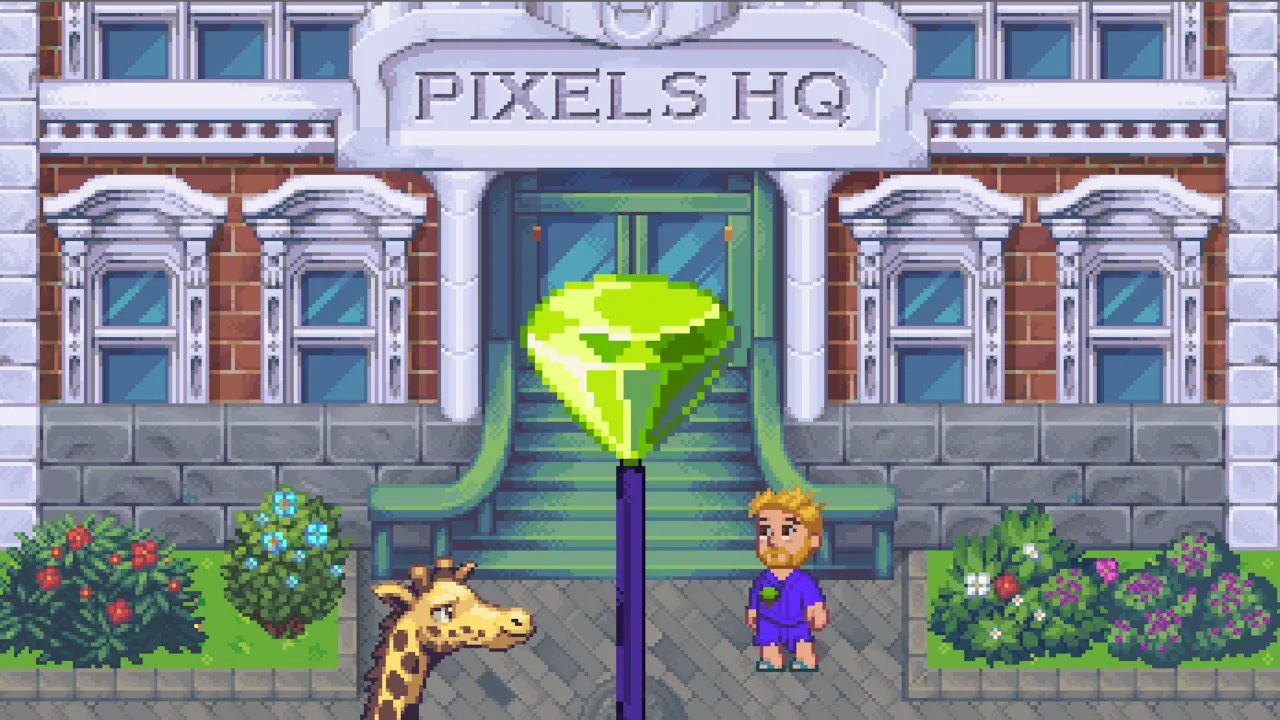
Pixels – Pixels, a popular open-world farming and social game on Ronin, will benefit from increased transaction throughput and reduced latency, enabling real-time interactions and a seamless multiplayer experience for its growing user base.
-
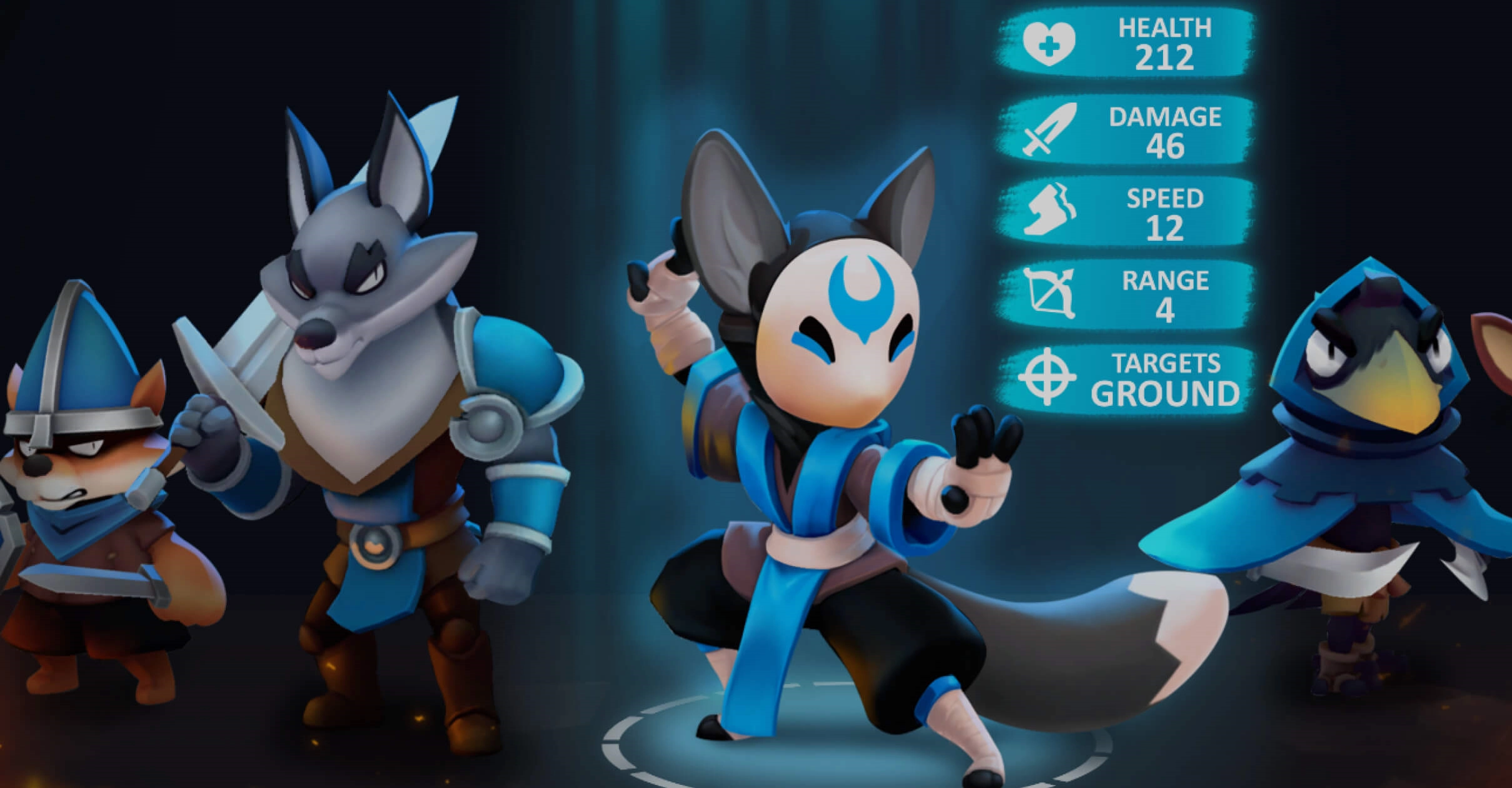
Wild Forest – The real-time strategy game Wild Forest leverages Ronin for NFT-based assets and competitive play. The L2 upgrade will facilitate faster matchmaking, instant asset transfers, and improved user experience for eSports and casual players alike.
-
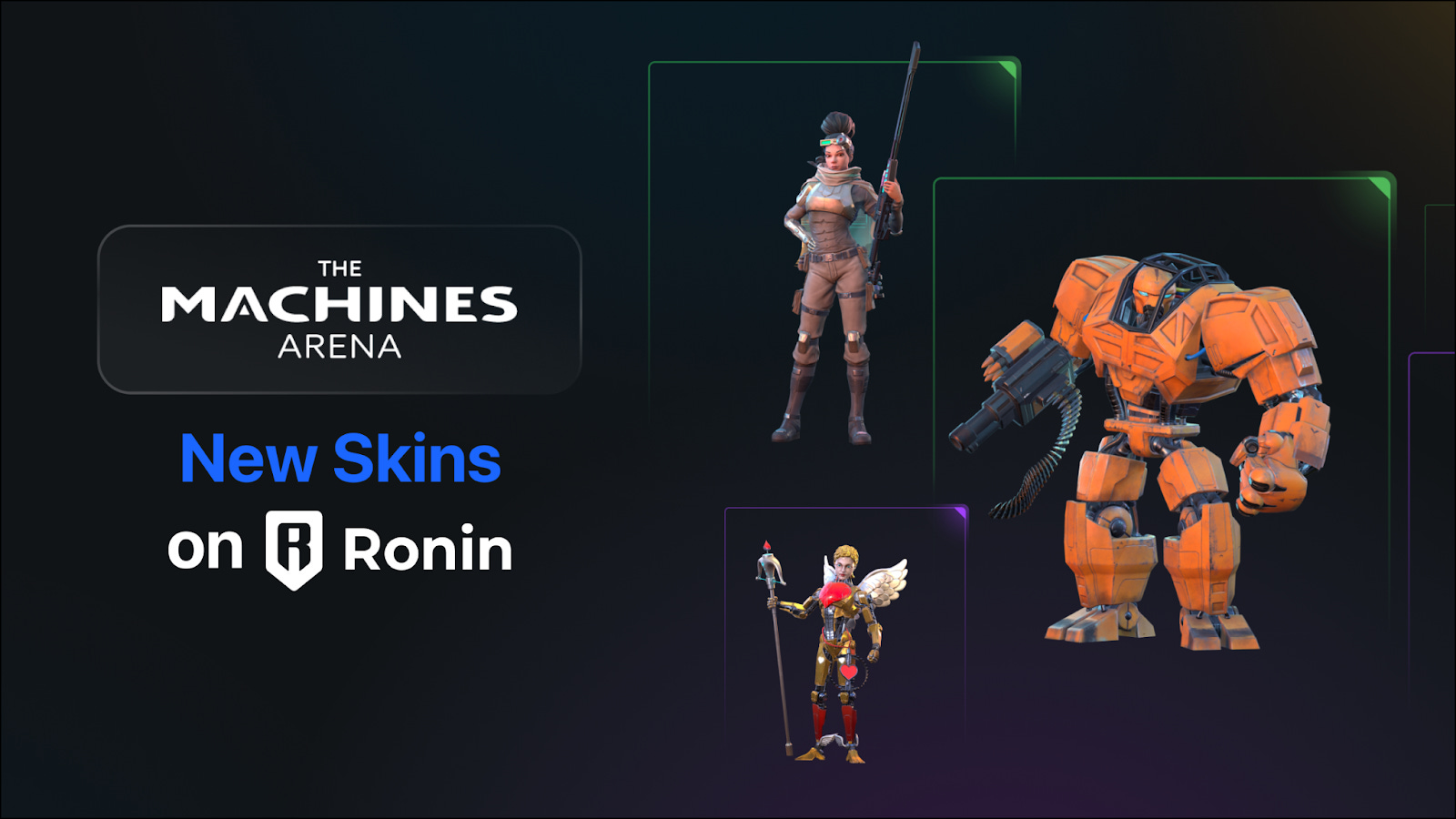
The Machines Arena – As a team-based shooter built on Ronin, The Machines Arena will utilize the enhanced scalability of Ethereum L2 to support high-frequency, low-latency gameplay and robust NFT integration for in-game items and cosmetics.
-
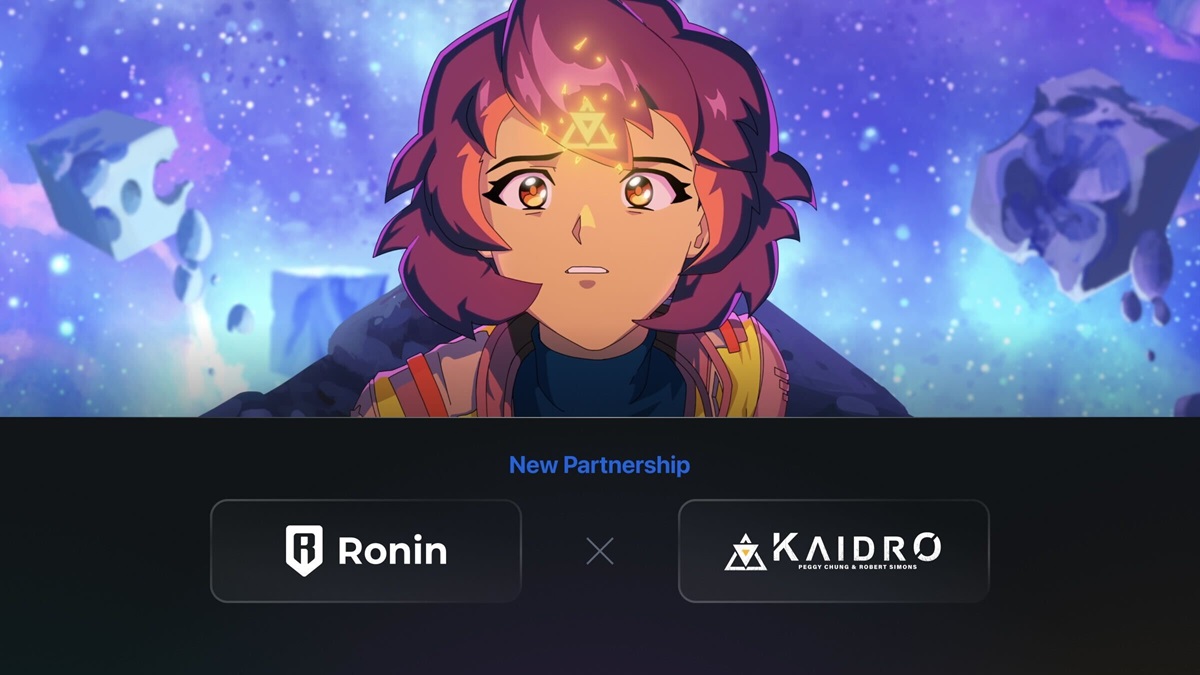
Kaidro – Kaidro, an action RPG and narrative-driven Web3 game on Ronin, is poised to leverage the improved security and interoperability of the Ethereum L2 migration, enabling cross-platform asset movement and a more resilient in-game economy.
Looking Ahead: The Future of Blockchain Gaming on Ronin Layer 2
As Q1-Q2 2026 approaches, and with RON maintaining its position at $0.4004: the implications for blockchain gaming scalability are profound. Not only does this migration set new performance benchmarks, but it also signals to institutional partners that blockchain gaming can deliver both user experience and security at scale. Gradually, we’re seeing a convergence between traditional game publishers seeking Web3 exposure and native crypto projects eager for wider market reach.
The technical leap via Optimism OP Stack will likely serve as a blueprint for other chains navigating similar trade-offs between sovereignty and shared security. For those tracking macro trends in Web3 infrastructure or evaluating where to deploy capital or development resources next year, Ronin’s transition stands out as a pivotal moment, one that could define the competitive landscape of blockchain gaming well into the next decade.
Macro trends, micro insights: The intersection of scalable infrastructure with player-driven economies may finally unlock blockchain gaming’s long-promised mainstream breakthrough.
